800-year-old royal temple ruins unearthed in Beijing. Take a look at the items found
Centuries ago, the emperor and empress of China graced the halls of a riverside temple for ritual ceremonies, trusting the building as a royal archive. Centuries later, the temple ruins still boast of their regal past.
Archaeologists began excavating the Guangyuanli site in central Beijing’s Jinzhong City ahead in preparation for renovations, the Institute of Archaeology at the Chinese Academy of Social Sciences said in a Thursday, Jan. 5 news release.
Excavating about 183,000 square feet, archaeologists uncovered the ruins of five buildings arranged around a central courtyard. Road remnants still connect the structures, and wells, stoves and ash pits dot the complex.
The complex was built atop older structures, archaeologists explained, dating back to the Liao dynasty. The Liao dynasty was a period from 900 A.D. to 1100 A.D., according to Britannica.
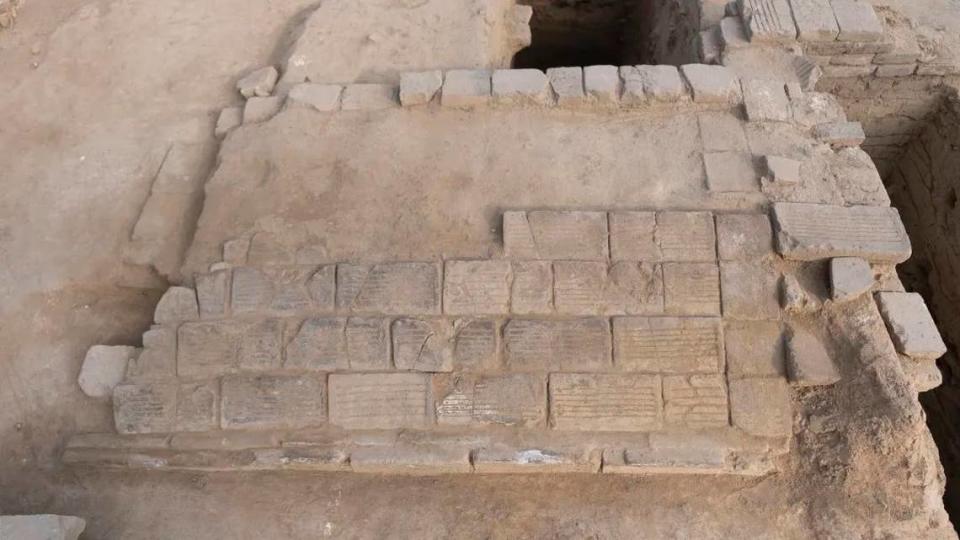
The largest ruined structure is about 72 feet long and about 65 feet wide with a three-room floor plan, the release said. The size of the building mirrors royal structures found at other archaeological sites in China.
Archaeologists found a treasure trove of artifacts throughout the complex. Using these artifacts and historical accounts, researchers matched the ruined complex with descriptions of Dajue Temple, a temple used in the later Jin Dynasty. The later Jin Dynasty was a period from about 1100 A.D. to 1200 A.D., according to Britannica.
Excavations at the 800-year-old temple revealed orange and green tiles with dragon patterns, circular tiles with phoenix and animal beast patterns, copper seals and other glazed tiles.
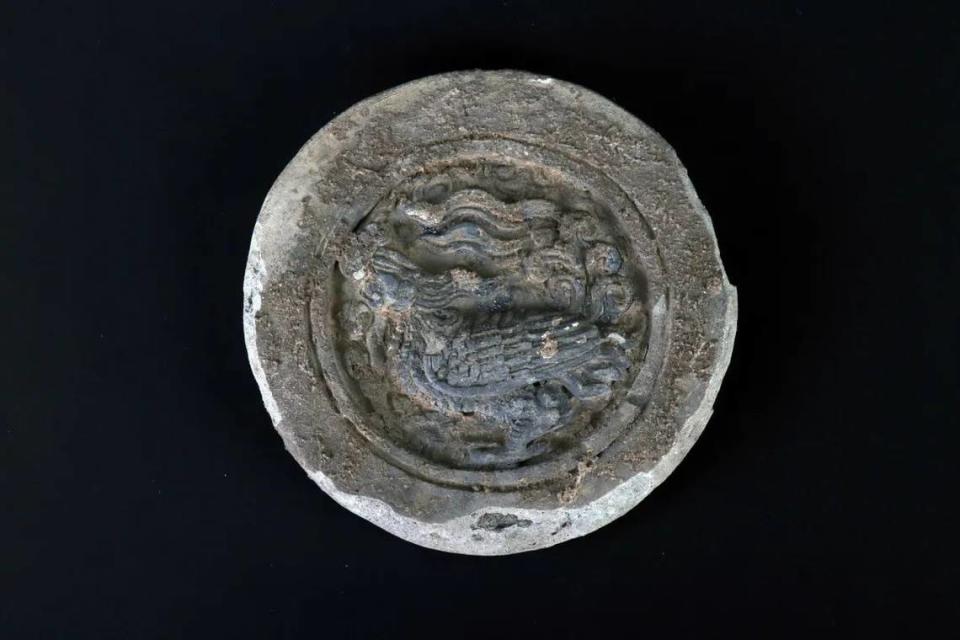
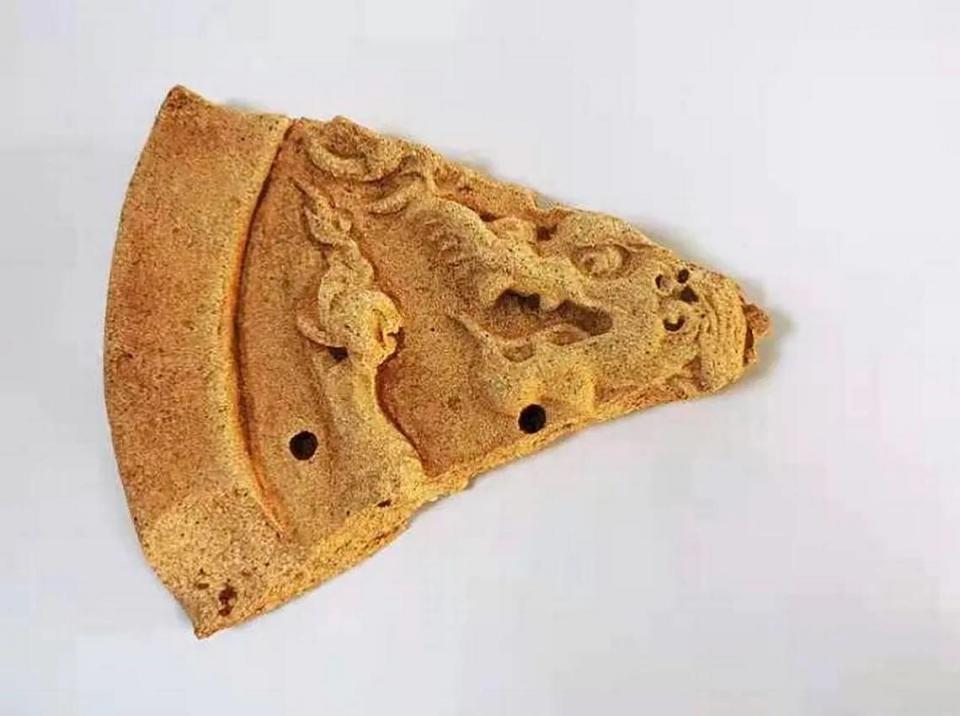
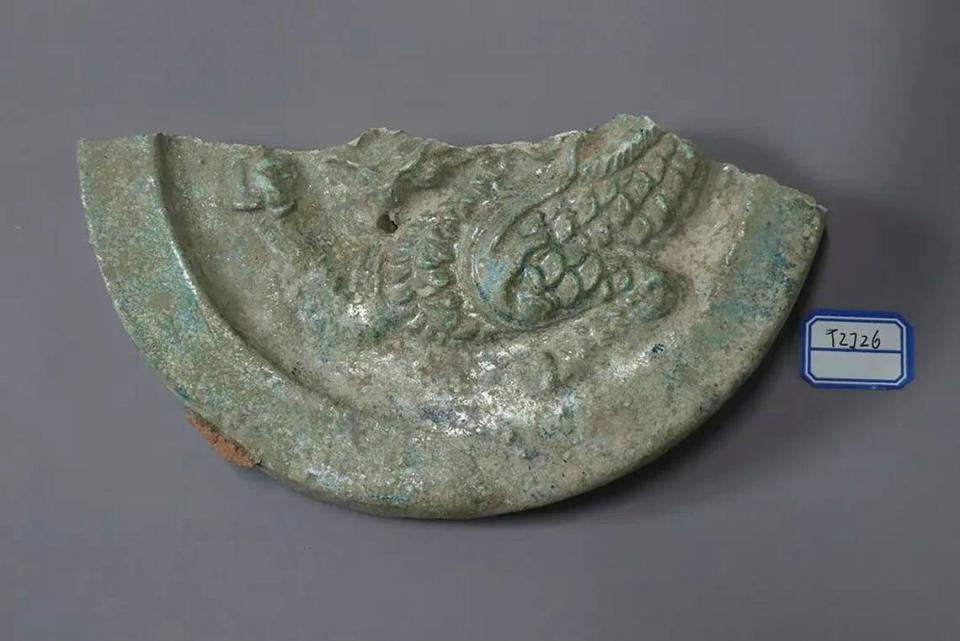
Five jade books were also unearthed, indicating the site was once used as a royal archive, the release said.
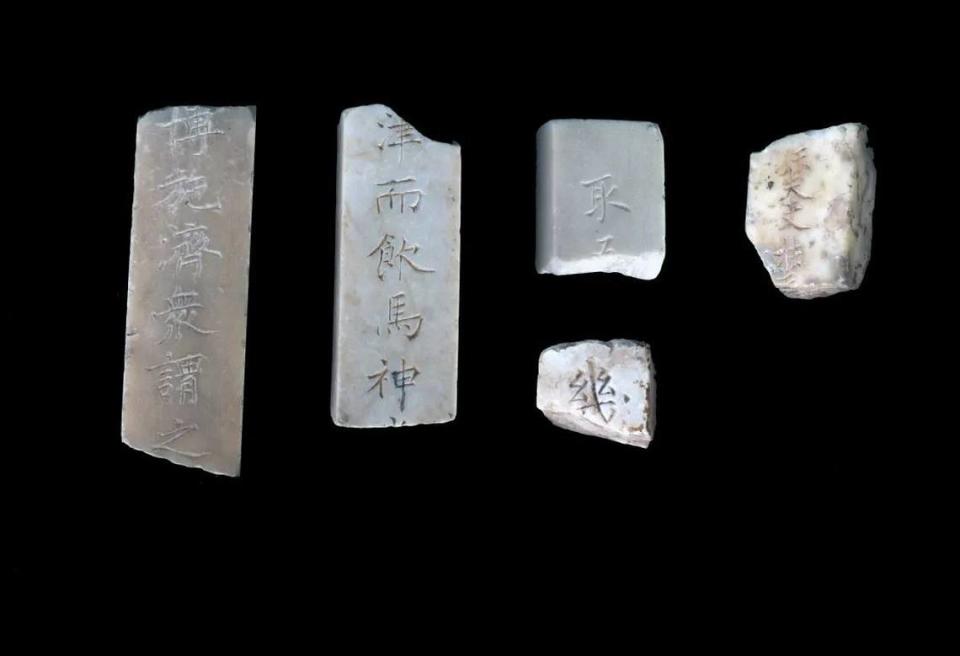
These artifacts — jade books, dragon tiles and phoenix patterns — were commonly connected to the royal family, researchers said. The relics indicate the site likely had connections to royalty.
Other relics indicated the site’s religious connections. Archaeologists found a statue of a bodhisattvas, a person on the Buddhist path to enlightenment, and a statue of figures known as the heavenly kings.
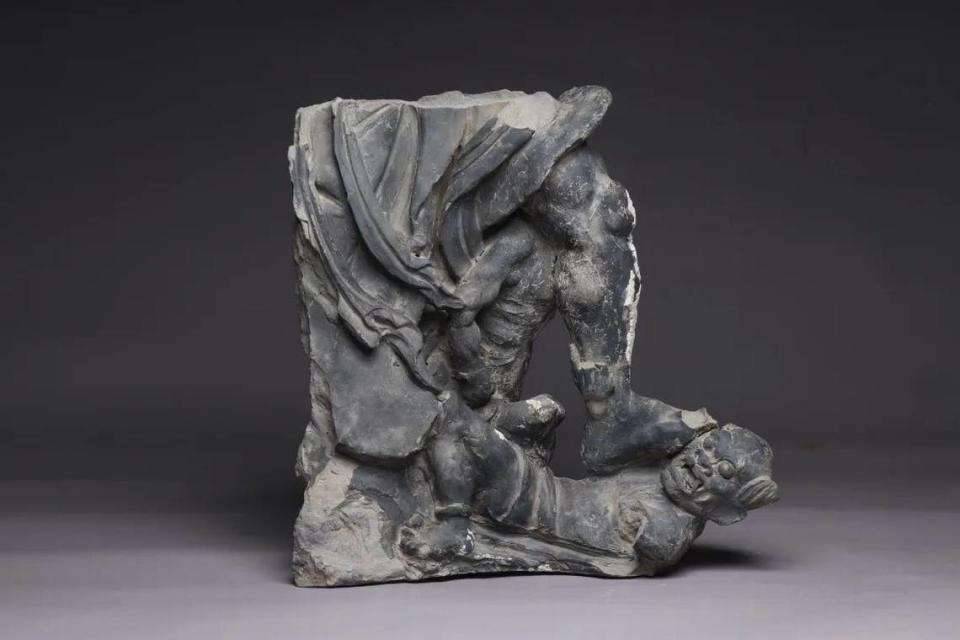
Other pottery sculptures show unidentified figures, photos show. Numerous types of porcelain were also unearthed.
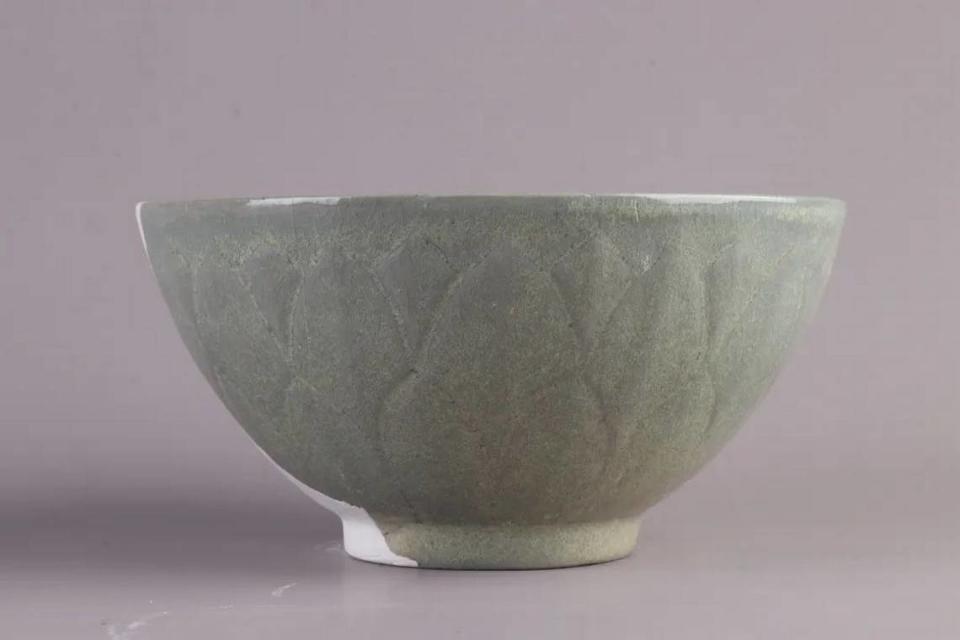
A cultural tradition during the later Jin Dynasty involved temporarily enshrining the emperor and empress in a temple before welcoming them with a ceremony, experts said. Based on the royal and religious relics that the archaeologists uncovered, they think this ritual likely took place at the Guangyuanli site.
Along one end of the royal temple complex, archaeologists found the ruins of a dried-up river. Bundles of sticks still sat on the riverbank. Bronze mirrors with fish patterns, copper coins and porcelain pieces were found strewn throughout the river.
Researchers identified the river ruins as the Nannan Moat of Liaoning. Archaeologists could only excavate a section before the rest of the long-gone river snaked under modern roads and buildings.
Google Translate and Baidu Translate were used to translate the news release from the Institute of Archaeology at the Chinese Academy of Social Sciences.
3,000-year-old wishing well uncovered in Germany. Take a look at the items left inside
From housing for enslaved to animal mill: See centuries-old hut unearthed in Caribbean
Sacrificial pit — over 5,300 years old — found with jade relics in China. Take a look

